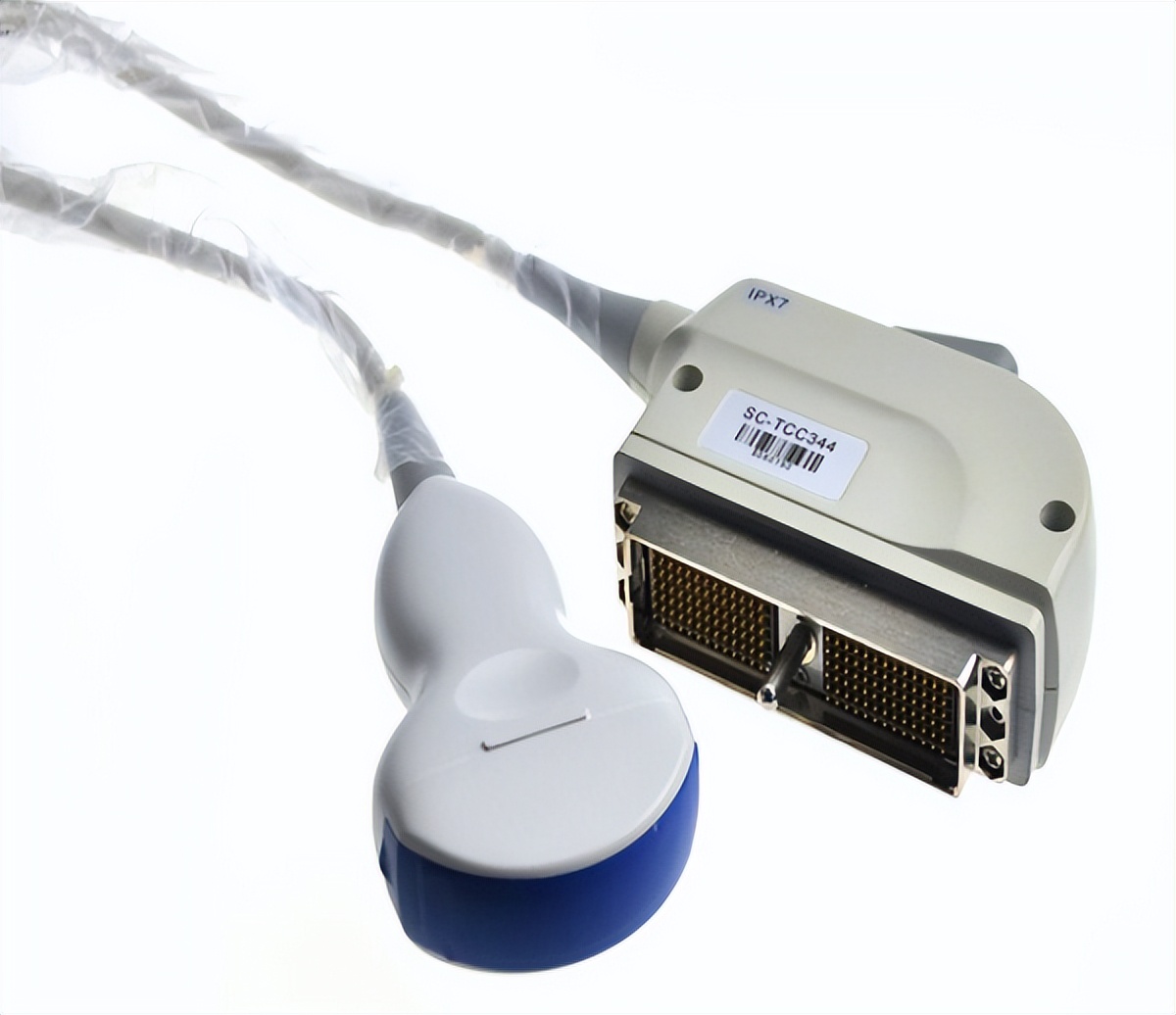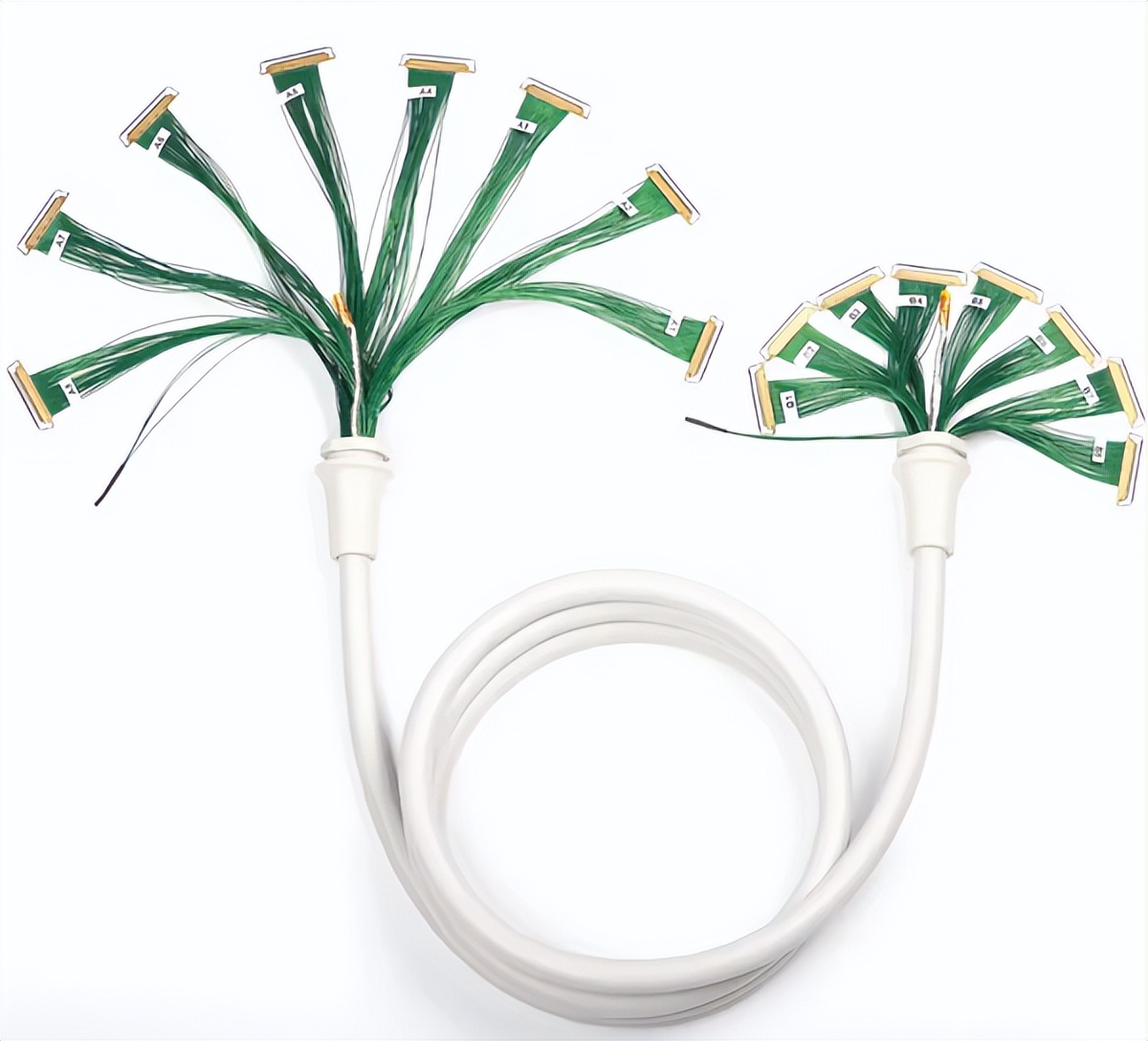Categorization:Harness Component
As the demand for high-speed data transmission in electronic devices continues to grow, the USB interface standards are also being upgraded. From the early USB2.0 to the current USB3.1, the transmission speed has jumped to 10Gbps. Such high-speed signal transmission has put more stringent requirements on cable structural design, signal integrity, and anti-interference performance. Against this backdrop, the **extremely thin coaxial cable bundle (Micro Coaxial Cable**) has gradually become an ideal solution for achieving high-speed transmission due to its excellent electrical characteristics.
High-speed transmission signal integrity
The maximum advantage of USB3.1 lies in its ability to achieve data rates up to 10Gbps, and the extremely thin coaxial cable bundle is specifically designed for such high-frequency transmission. Its internal structure employs a central conductor, insulating medium, and metal shielding layer, effectively reducing signal reflection and loss while maintaining the stability of the transmission path impedance. In high-speed applications, this structure can significantly reduce jitter and distortion, thus ensuring the integrity and transmission stability of the signal.
Excellent electromagnetic shielding and anti-interference performance
In high-speed signal transmission, electromagnetic interference (EMI) is a key factor affecting system performance. The extremely thin coaxial cable bundle is sheathed in a 360° surround shielding layer structure, forming a comprehensive electromagnetic protection barrier. It not only blocks external noise interference but also suppresses its own radiation leakage, thereby effectively improving signal quality. Particularly in high-precision camera modules, industrial measurement and control equipment, and medical imaging systems, the high shielding performance of micro coax can significantly reduce error rates, ensuring high data reliability.
Three, flexible wiring and compact space adaptability
Modern electronic device internal designs are becoming increasingly thin and compact, with complex wiring environments. The diameter of extremely thin coaxial cable bundles is only 0.3mm to 0.5mm, with excellent flexibility and resistance to bending, making it easy to fit into narrow spaces or dynamic rotating structures. Whether it is in the hinge of a folding screen smartphone, the transmission system of a drone, or the sensor module of a robot joint, it can achieve stable and efficient connections.
Four, high-speed potential facing the future
Despite the theoretical speed of USB3.1 reaching 10Gbps, there is still much room for improvement in the bandwidth margin of extremely thin coaxial cable bundles. Some high-performance products can even support signal transmission at even higher speeds, making technical reserves for future interfaces with higher bandwidth such as USB4 and Thunderbolt. This forward-looking design not only meets current needs but also addresses the development of the next generation of high-speed interconnect standards.
In summary, the ultra-fine coaxial cable束, with its excellent signal integrity, anti-interference performance, and outstanding flexibility design, has become an indispensable key component for high-speed interfaces such as USB3.1. It helps device manufacturers achieve high-speed, low-error signal transmission in limited spaces and is an ideal choice for modern high-performance electronic products.
I amSuzhou Huichengyuan ElectronicsLong-term focus on the design and customization of high-speed signal cables and extremely thin coaxial cables, committed to providing stable and reliable high-speed interconnection solutions. If you have relevant needs or want to learn more, please contact:Manager Yin 18913280527 (WeChat number same)。